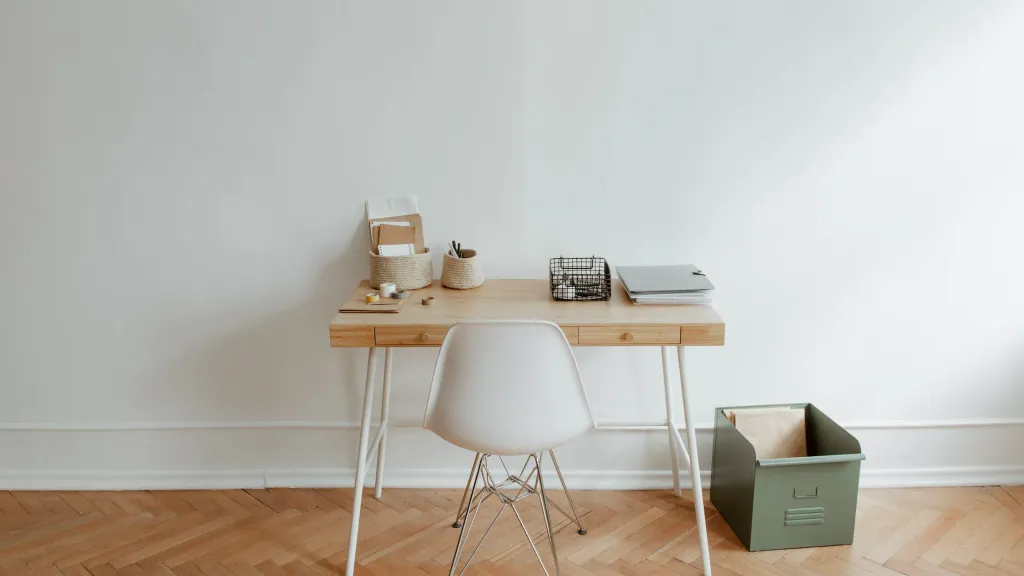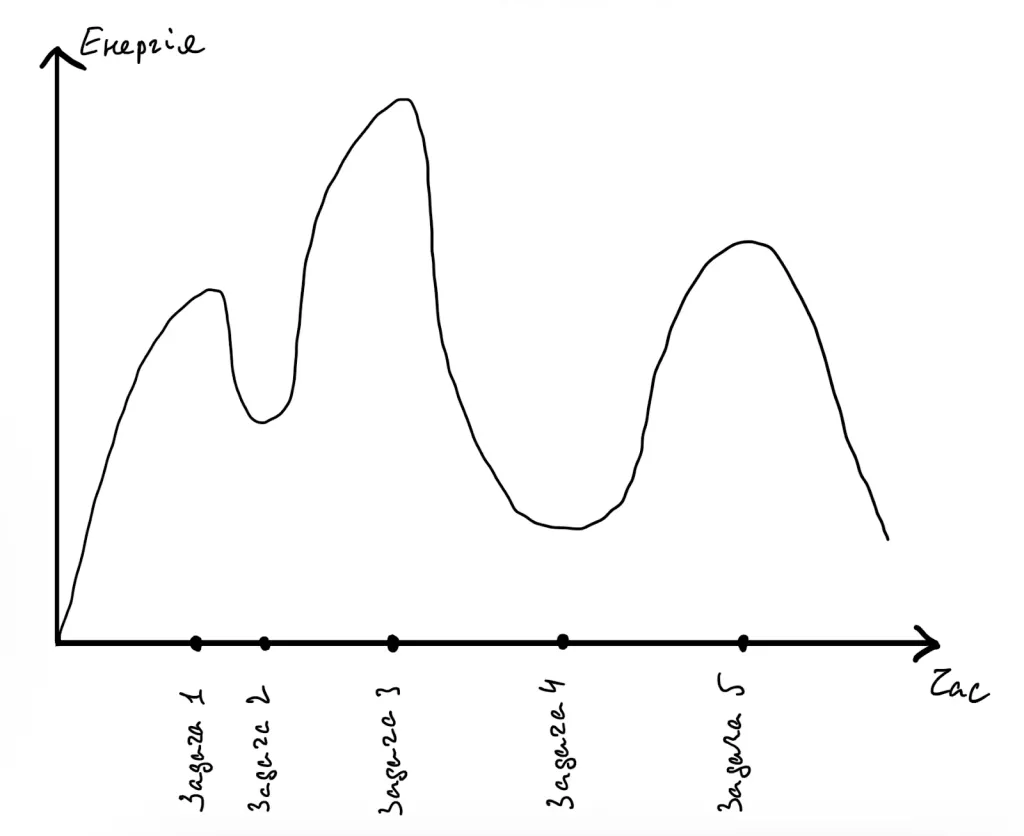Productivity and procrastination

You can be much more productive. Imagine: already next week you perform 1.5-2 times more tasks, do this much better and, most importantly, you have fun in the process.
Read on for 8 tips on how to dramatically increase your productivity without burning out and procrastinating. Bookmark the article to have quick access to practical recommendations.
1. Decide why you need productivity
No process without a specific goal can be successful. You need to have a clear understanding of what your goal is to improve productivity. This significantly increases internal motivation. It is the goal that will be your engine on the way to increased productivity. Short-term motivation will also give you energy. You can enthusiastically make your schedule for next week on Sunday evening. Plan the development of new habits and other productivity-enhancing processes. But already on Monday this enthusiasm is simple evaporates
That’s why you need deep motivation. To define a goal:
- Imagine how your life will change with increased productivity.
- What areas can you improve?
- What kind of person will you become, for example, after getting rid of procrastination.
Visualize the result. Clearly imagine yourself as a “new” person. So you will form a specific goal. Having a specific point B and by clearly imagining it, you significantly increase your chances.
2. Find your time
Getting up before 5 a.m., having “magical” morning routines, and being active in the early hours can really help you improve your productivity. And there are really many examples when people, after reading “Morning Magic”, radically change their lives for the better. But on the other hand on the other hand, there are a large number of those who did not last more than one day. And also a huge number of people who were blown away by week, half month or month.
Each organism is individual. Early risers really suit some people. But each person has his own prime time. This is the time peak productivity. When the body releases the maximum amount of energy. Your task is to find this time and bet the most important tasks for this section. You will notice that in three hours of working time you are doing much more than you used to do before the whole working day. Simply because tasks coincide with your peak productivity times. Do not overload himself during this period. Work at a comfortable pace to avoid burnout.
3. Learn to manage energy
Your body reacts differently to different tasks. Work is converted into signals:
- Release more energy.
- Take away all the energy.
You can notice this by exercising regularly. Logic says: if you go to the gym in the morning, you will use up energy and you will be sleepy all day. But the truth is that morning training, on the contrary, provokes the release of energy and hormones. You feel happier, more energetic and more motivated.
Your task is to classify tasks by dividing them into two types: those that give energy and those that take energy. As? Just conduct a simple task audit:
- Write down the entire list of tasks for the day in advance and make at least an approximate schedule of execution. To understand what time it is and what you will be working on.
- In the evening, take a piece of paper and draw a Cartesian coordinate system, where the X axis is time, the Y axis is energy level.
- During the next day, put points (completion of tasks) on the time axis and draw a curve graph. At the end of the day, you definitely are you will understand when your energy level was at its peak. It is these tasks that give you energy. When the energy at the lower level is like this work discharges you accordingly.
An example of a schedule:

4. Master MULTITASKING
Many people pride themselves on their ability to multitask. There is definitely at least one such “Julius Caesar” in your environment. You look at you think about him: but how? He does two or three times as much as I do in one day. I can’t even imagine how he manages everything.
It is necessary to understand that this medal definitely has a reverse side.
Spoiler alert: these people definitely have unproductive days. And we are not talking about those days when he does a little less work. We are talking about the days when a person lies like a log all day, and days turn into weeks. And it is very difficult to return to the resource state. Reason? Burnout! Exhausting himself every day, a person squeezes all the energy out of his body. Sooner or later, the lack of energy will show.
Stanford University conducted a study that showed that a person cannot properly concentrate on several things tasks at the same time. People who participated in the experiment worked simultaneously on several tasks, switching between them them The illusion of total productivity is created. But the thing is in physiology. The brain releases a large amount of dopamine. Man feels happy, but the quality of work suffers a lot. The brain “lends happiness.” As a result, the quality of the result is low, and burnout is not far off. Focus on one task at a time. Do not get distracted, even if there is a lot of work. Better a little to be late for an assignment rather than handing in poor quality work. We will talk about how to focus in a cool way a little later.
5. Procrastination is our everything
Imagine the situation: you are working on a task, feel tired and decide to take a break. They sat down on the couch, turned it on a post on YouTube, then another, and another. After two hours, you realize that the task is not so difficult and you will finish it easily tomorrow for new tasks. Many people are familiar with this feeling from school, when “I will do my homework tomorrow before classes.”
This is explained by human physiology. Procrastination happens because the emotional part of the brain, which cries out for instant gratification, defeats logical. And it is impossible to completely get rid of procrastination without negative consequences.
But you can control it:
- Realize the real cost of procrastination. Write down all the tasks that you often put off for later. In the other column, write what your procrastination affects. The goal is to understand what you are missing out on.
- Replace procrastination. If imagining yourself working on a task makes you want to cry, try starting with something nicer or simpler. Just involve yourself in the work.
- Make a small jerk. Set the timer for 25 minutes. Focus on work. If you feel you can continue - don’t stop. You don’t need to force yourself.
6. Forget about time management
Stop-stop, don’t panic! There will NOT be a complete cancellation of time management 😅
This is also about priorities. Focus on energy. The skill of time management is very cool. You are clearly aware of what, where and when to do. But does it increase your productivity if you run without energy?
Look for prime time, prioritize tasks and enjoy work. This does not mean that the graph is required give up altogether. Just build it based on your feelings. Then each task will be performed efficiently and quickly. And most importantly, you will enjoy the process. It’s not only about increasing productivity, but also about not burning out.
7. Use the Pomodoro technique
This tool will be a key driver of your productivity. The technique appeared back in the 80s, but it is not lost still popular. What is its essence:
- Select the task you plan to work on.
- Set the timer for 25 minutes and work continuously without distraction.
- When the timer rings, take a break for exactly 5 minutes.
- After a break, do another run for 25 minutes.
- After completing four “tomatoes”, take a long break for 15-30 minutes.
The technique helps to focus on the task and keep this focus throughout the entire period of work on it. It allows you to break bulky items tasks at intervals comfortable for the brain. And constant breaks help to reload and not lose focus. If, after working on this technique for several days, you feel discomfort, try to adapt it to yourself. For example, adjusting time for breaks and “tomatoes” themselves.
8. Use the five minute rule
If you are reading this article, you have a global goal that will radically change your life. This is a goal on the verge of a dream. It is the movement to it can give you a huge amount of energy to solve other tasks. Let’s say you don’t have time for total work over this goal. You constantly postpone its start because there are “more important tasks”. This is normal. You need to keep a balance between dreams and what gives results here and now.
But you will really need the energy that the body will release during the movement towards the dream.
So what is the solution if there is no time? It’s simple: set aside five minutes a day for this task. Take micro steps to show up organism: everything is OK, we are working on our global goals. Only five minutes a day you will definitely find. And this one is minimal time will ignite you for the whole working day. Make it a habit to work on a global goal for at least five minutes every day. Set the first point B - stay in this mode for 21 days. In three weeks, you will notice how much more energy you have.
Conclusion
There is no formula for total productivity. Each person is individual. But these 8 recommendations will help you increase your productivity. Add the article to your bookmarks and use the practical recommendations regularly.
